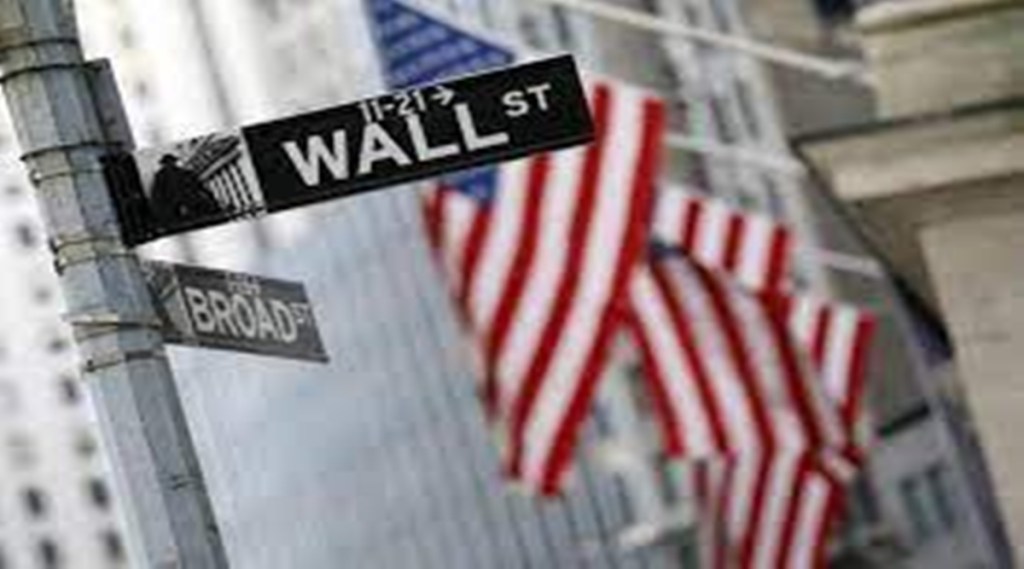The global economies are witnessing some key structural changes that may have long term implications on the performance of various asset classes. The set-off between inflation and growth is at the center stage of global markets. Meanwhile, in pre-market hours, US futures are in green with S&P 500, Nasdaq and Dow all in the positive territory up by almost 1 per cent.
Taking the current scenario into context, the Vanguard’s global economics and markets teams in a recent report highlighted that the economic and market outlook for 2022 has emphasized the need for policymakers to strike a better balance between reining in inflation and supporting economic growth.
Vanguard believes that recession is more likely in the euro area and the United Kingdom than in the United States in the next 12 months, but that it becomes likely in all three regions in the next 24 months
In the outlook report, Vanguard says – A Federal Reserve that is newly aggressive in the face of rising inflation expectations makes a U.S. ‘soft landing’ less likely than we would have expected just a few months ago. Our 2022 U.S. growth forecast is a good bit lower from the start of the year.
We downgraded our forecast by 2 percentage points since the start of the year because of factors we expect will continue throughout 2022—namely tightening financial conditions, wages not keeping up with inflation, and the lack of demand for U.S. exports. Vanguard sees the probability of a U.S. recession as 25% over the next 12 months and 65% over 24 months.
Surging energy and food prices keep our projections for headline CPI around 7% to 7.5% by year-end 2022 before it moderates in 2023. In the current environment, headline inflation will matter more for monetary policy than it typically does.
The Fed turned hawkish in recent weeks, further emphasizing inflation as a clear priority over potential implications for economic growth. We expect the target federal funds rate to end the year in a range of 3.25% to 3.75% and expect a terminal rate of at least 4% in 2023—much higher than what we consider to be the neutral rate (2.5%) and what’s currently priced into the market.

